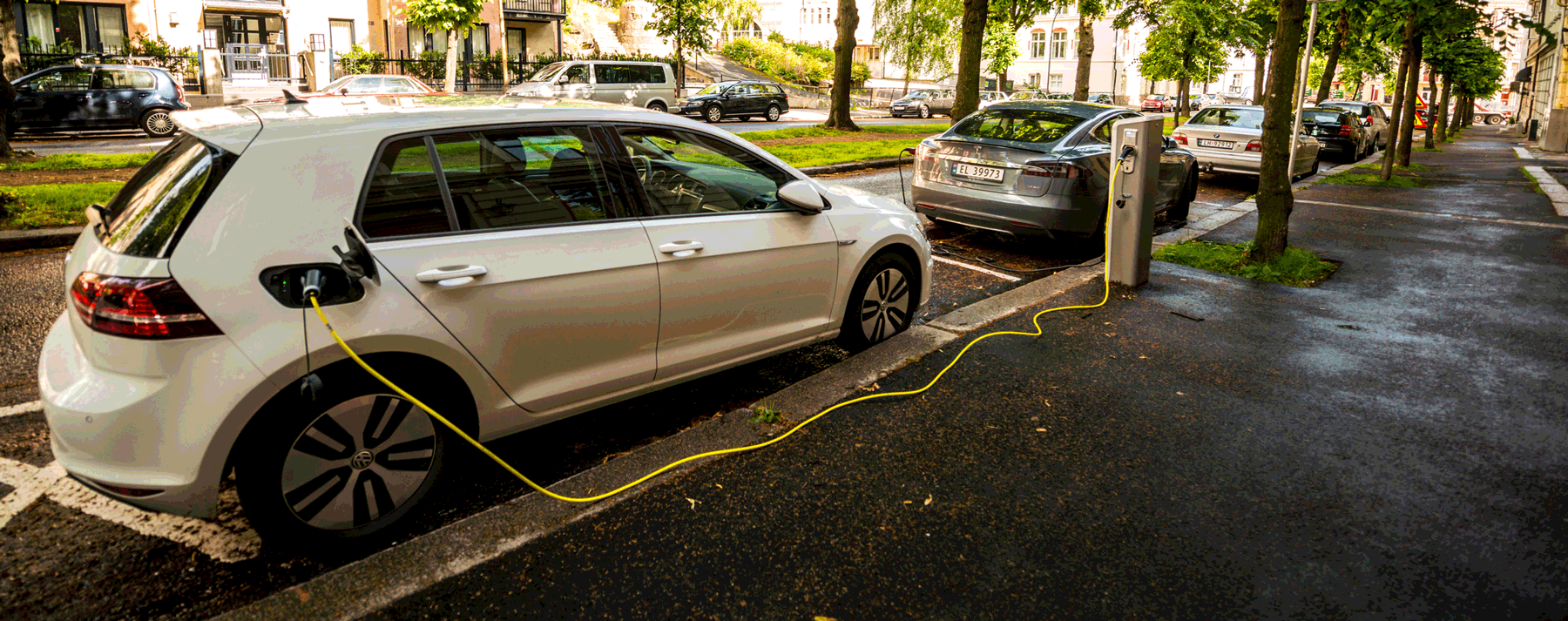
The world requires nothing less than deep decarbonization of the transport sector by mid-century, yet only a few actors are needed to kick-start that transformation.
With our colleagues at the Climate Action Tracker, we took a close look in Faster and Cleaner 2 at the technological trends driving decarbonization in three sectors: power, transportation, and buildings. We found each of these sectors at different stages on the path toward deep decarbonization and mainstream adoption. Although much has been made of the remarkable growth in renewable energy deployment, the coming of age of clean electric-drive vehicles (EDVs) is only just beginning.

The barriers to enabling a clean mobility system at the scale and speed necessary for limiting climate impacts are significant. Today, fossil fuels still provide approximately 95 percent of transportation energy globally. Oil demand is rising in concert with economic development in many parts of the world, and the oil industry maintains significant political influence, especially in oil-producing countries. At the same time, transportation is now responsible for more emissions in the US and the EU than the power sector and is one of the fastest-growing sectors in India and China. Now, more than ever, it is critical that we address this question: what are we going to do about oil?
Fortunately, the decarbonization of the transport sector is underway. As ClimateWorks’ Carbon Transparency Initiative (CTI) modeling shows, the carbon intensity of road transportation has been declining due largely to increasingly stringent fuel economy standards for conventional internal-combustion-engine vehicles. Although the trend toward increasingly more efficient vehicles is encouraging, efficiency alone is insufficient to meet the Paris Agreement’s goals.

Due to leadership and supporting policies in key regions, the global market for EDVs is growing rapidly, outpacing many early projections. However, to achieve a future mobility system consistent with a safe climate, we need to grow the market even faster. In particular, we believe the confluence of three technology and market trends – increasingly affordable and long-range electric-drive vehicles, innovative new mobility services (ride share, bike share, dynamic and integrated transit), and high-level self-driving technology have the potential to radically redefine mobility and dramatically reduce oil consumption and greenhouse gas emissions. There are good reasons to believe these trends are mutually reinforcing: shared vehicles have high utilization, which accelerates fleet turnover and favors the relatively low EDV fuel, maintenance, and operating costs. Electric-drive vehicles use “drive by wire” systems that integrate well with autonomy and open the vehicle design envelope to increasingly efficient occupant design for sharing. Autonomy can further lower the cost of providing public and private shared-mobility services. Because EDVs can often be flexibly fueled, they can also facilitate renewable integration and improve use of utility assets.

Together, these three mobility “revolutions” could offer a host of benefits, including greatly reduced emissions that improve health and reduce risks of climate change, improved accessibility and reliability, increased affordability, improved safety, reduced congestion, avoided expenditure on road and parking infrastructure, and efficient land use in cities.
Several of the revolutions are already under way in select markets. China, Norway, the Netherlands, and California have enabled rapidly growing EDV markets that helped EDV sales reach nearly a million in 2016. Thirteen jurisdictions committed to “make all passenger vehicle sales in our jurisdictions ZEVs as fast as possible, and no later than 2050”. India has recently expressed its ambition to achieve a totally electric vehicle fleet by 2030; a recent report outlined strategies for the country to rapidly transition to relatively clean, low-carbon mobility solutions. To support this progress and expand beyond early adopters, we must replicate best-practice policies and strategies across key markets. Once we overcome key early-market barriers to low-carbon mobility solutions, those solutions will begin to outcompete oil-based transportation.
Philanthropy is uniquely positioned to help markets reach this tipping point at which reduced technology costs and profitable business models enable a scalable, affordable, accessible, and low-carbon mobility system. We can open the door for supportive policies by strengthening the voice of key constituencies (e.g., EDV producers and suppliers, safety and health advocates, mobility providers, and civil society) and broadening the base of support for a clean mobility transition. We can bring attention to address anticipated implications of new technologies, such as the economic and labor shifts implied by electrification and autonomy that, if properly attended, could turn potential opponents into strong allies. Once the door is open, we can support credible analysis, information, and technical assistance for policymakers and consumers. A clean mobility future is within our reach, but it is not inevitable. It requires champions willing to put resources and time into building the future we want. If we do it right, the prize is a system that provides affordable, equitable, and sustainable mobility for all.





